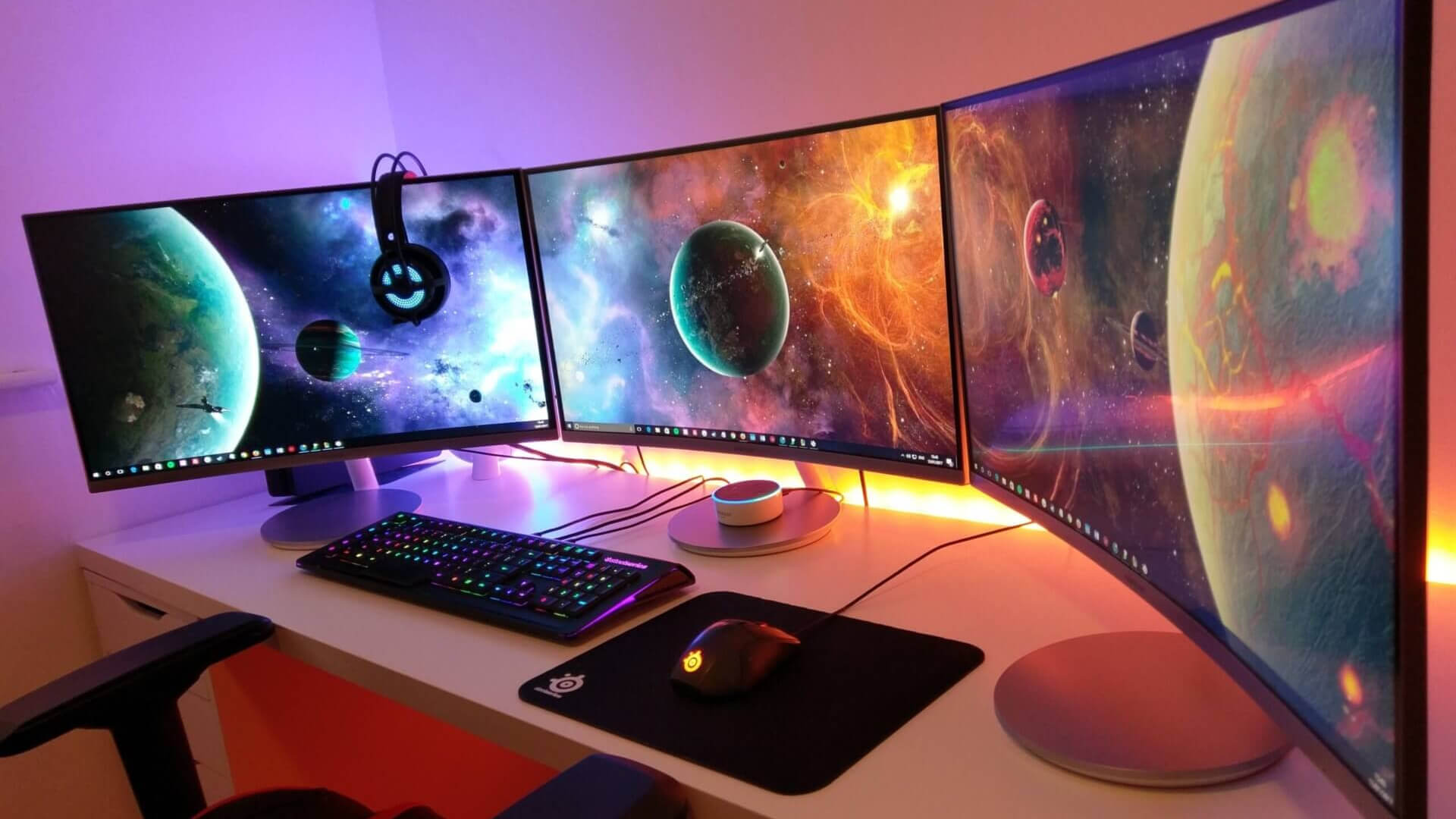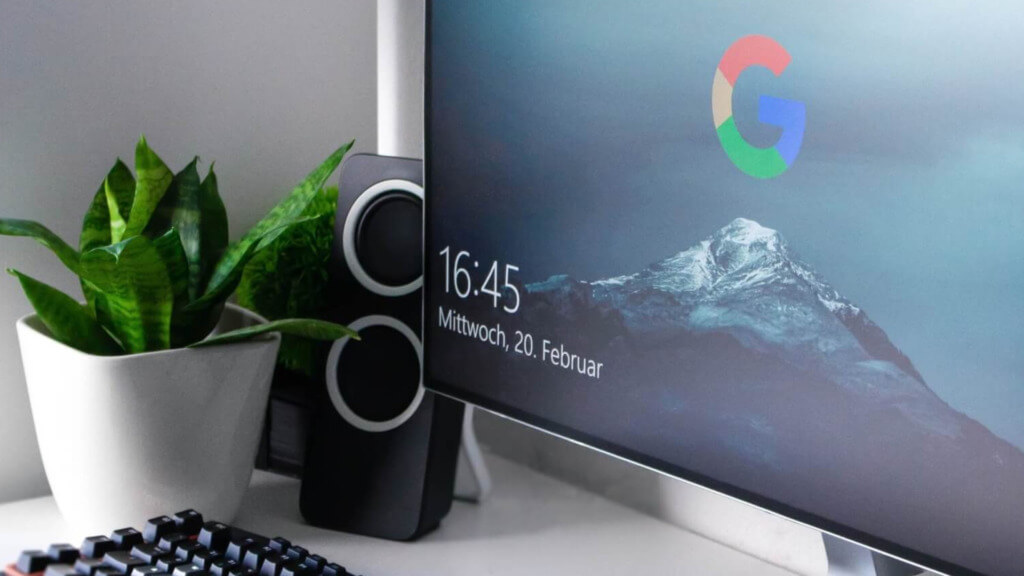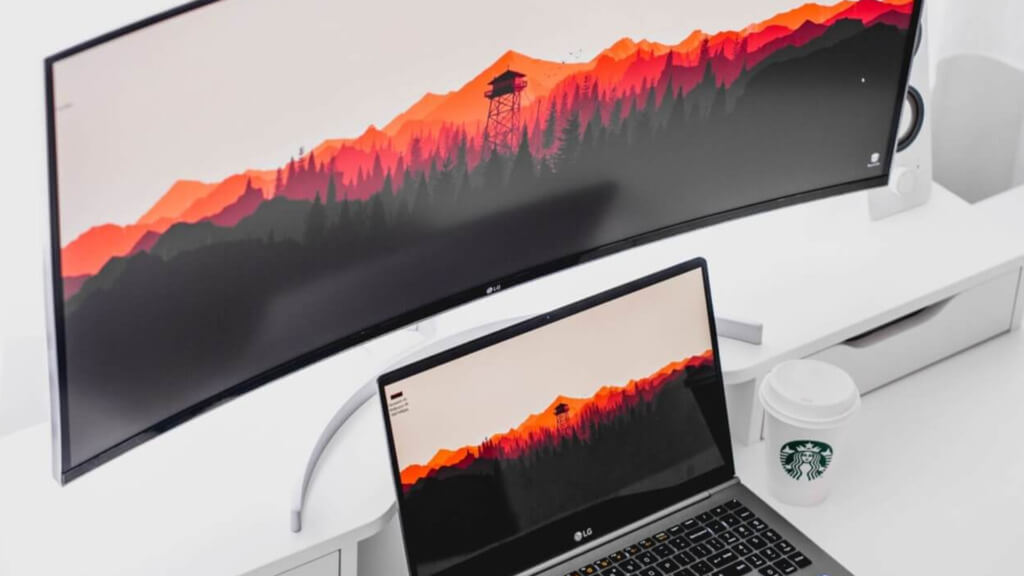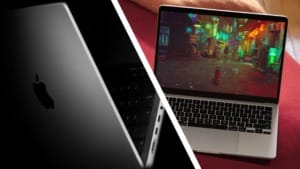What is a monitor’s response time, and why does it matter?
When you are shopping for any piece of electronics, you might be overwhelmed with the technical specifications you will have to check. Even things that you thought were very easy to choose, like a...

When you are shopping for any piece of electronics, you might be overwhelmed with the technical specifications you will have to check. Even things that you thought were very easy to choose, like a computer mouse, can take days to choose. Another computer periphery that is not so easy to choose is your computer monitor. Especially if you want to use it for gaming or watching some high-quality content getting the right display is very important. One of the main technical specifications you need to be on the look for is the monitor’s response time.
Table Of Content
What is a monitor response time?
Monitor response time is the time for which your monitor changes from black to white or from one shade of grey to another. Usually is measured in milliseconds, but there is no unified method for measuring the actual response time. This is because manufacturers measure it differently. Some of them will decide that the monitor response time will change from black to white, for others, from black to white and back to black, or the transition between shades of grey. If the rate with which pixels change their color is very low, you might end up with some blurry images or, as it is called — the ghosting effect.
What is the standard for response time?
As we mentioned, response time is measured in milliseconds, and the standard one is just under 17 milliseconds for a 60Hz monitor. The pixels need to transition way quicker than that on the backend, so there is no delay in displaying the next frame. So, if you get a response time below 17 milliseconds, this is better for regular computer users; even this number will be good enough. For gamers, you should look for a monitor with a 1ms GtG pixel response time speed or even lower to avoid any ghosting.

How important is a monitor’s response time?
The response time for gamers or movie lovers is crucial because it can make a huge difference when a lot is happening on the screen. You shouldn’t mistake response time with refresh rate or input lag because those are different specifications, and we will look into them a bit later in the article. So, response time is not so much about the input displayed after an action you did with your peripherals but about the behavior of each pixel individually.
Response time measure how fast the change of color of a pixel takes place. As we mentioned most often measures how quickly different shades of grey or from black to white. You might wonder why the change from grey to another grey is so important here is the reason — different shades of grey represent the intensity of other colors and how they will appear on the monitor through a filter. For example, darker shades of grey will let less light pass through a filter, and it won’t affect your eyes as severely as if the tests were run with a brighter color.
Longer response times can lead to what we call ghosting. This means you will be able to see some traces from the moving objects on your screen because the pixels didn’t change their color quickly enough. People use their monitors only for working or occasionally watching something on them, but the picture quality is not their main priority. This usually is not something they will even notice or bother them. Games, especially ones that want to play FPS games and movie lovers who want an excellent picture, are another story.
To sum it up, response time is very important for 2 factors:
- Better picture quality — The response time is very important for the picture quality because possible ghosting will definitely ruin it. So, this technical spec is crucial for the clarity of the visuals.
- For gamers, every millisecond is crucial — For gamers, the quality of the picture is important and knowing that everything is displayed immediately. Sometimes even the change of color is very important for winning, and in this case, the lower the response time, the better.
Response time vs. refresh rate
Since both terms sound very similar, sometimes people think they are the same thing, but actually, they are not. Since we already covered response time, let’s say a few words for refresh rate.
The refresh rate of your monitor shows how many times per second the display can show a new image, and it is measured in Hertz (Hz). For example, a 60Hz display will be able to refresh the image 60 times per second. Sounds impressive, but actually, 60Hz is considered one of the lowers refresh rates and something a gamer wouldn’t even consider. For people, that was a very smooth experience while playing or watching a movie, you need to consider a much higher refresh rate. For people that want really good monitors is very important to have high refresh rates and low response time.

Response time vs. response latency
Response latency or input lag is another term that people can mistake with the response rate. However, again they are very different if you confuse them while choosing a monitor, this can cost you greatly and completely ruin your watching experience.
Response latency or input lag shows how much time it would take for you to see the effect of you clicking or pressing a button on any of your input devices. So basically, this is a measurement of how much time it will take for your click on the mouse or the keyboard to be displayed on your monitor. Of course, this is not so important when writing Word documents, but it is crucial when you play a game where every second is important. Response latency is also measured in milliseconds, and this is why it becomes a bit confusing since both the response time and the input lag should be as low as possible.
So what should you do?
If you want to use your monitor for gaming or enjoy some good movies, you should definitely get one with the lowest response time possible. This will guarantee you that there will be no ghosting effect, and you get the best possible quality when it comes to this specification. However, don’t forget to look at the refresh rate and the response latency and make sure they are also at a decent level.
















